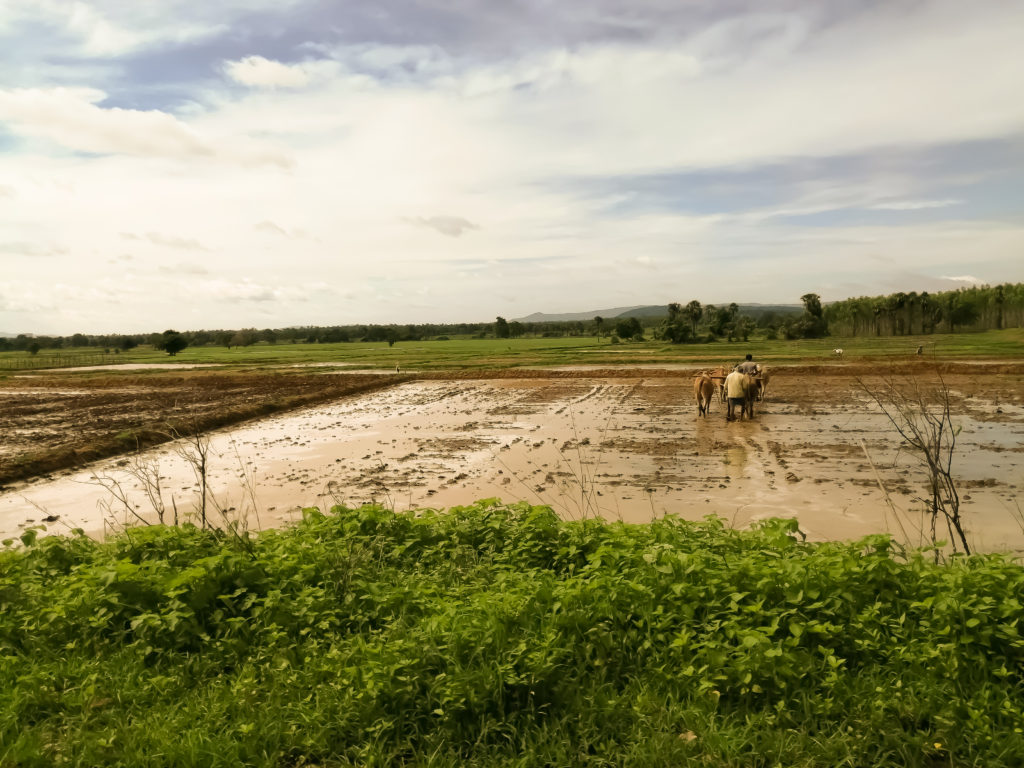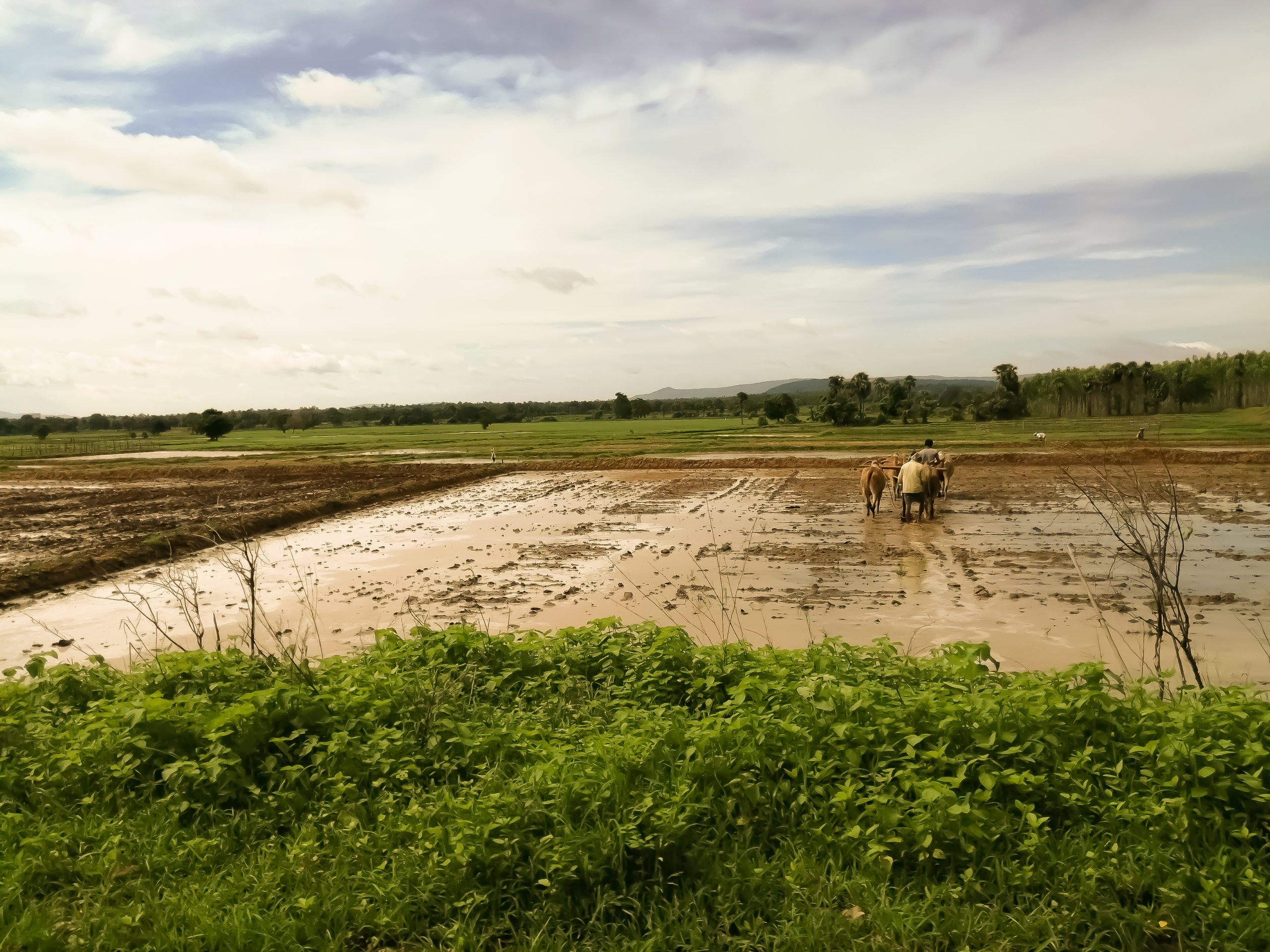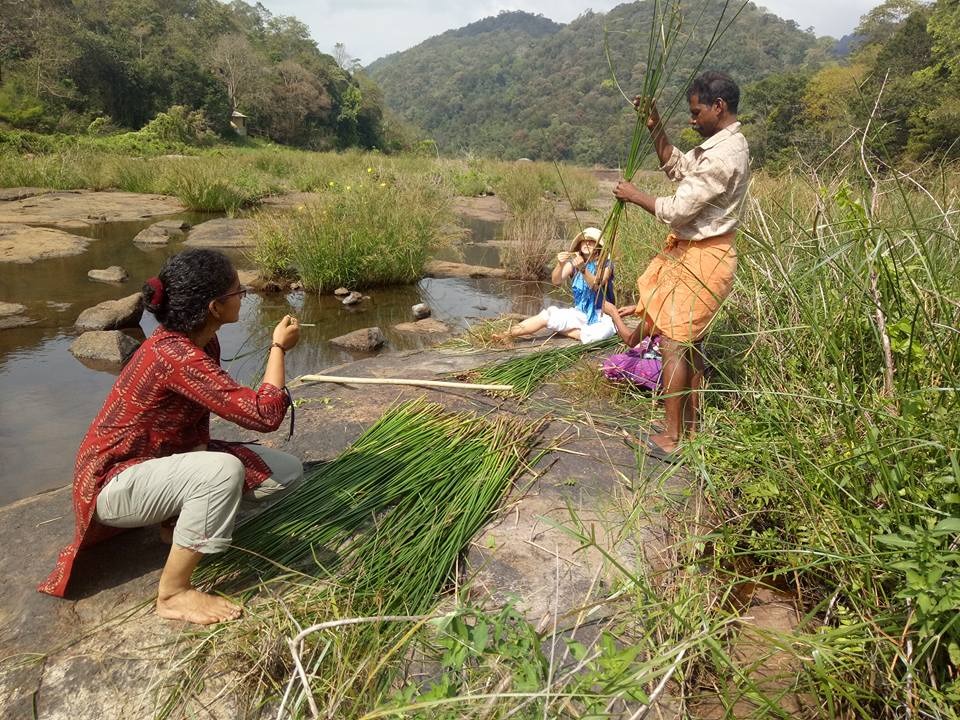(This story is contributed by Kurian s Kurian who is a believer of sustainable tourism practices)
Over the years there is a lot of buzz around words like sustainable tourism and ecotourism. So, what is it and why is there so much discussion around these topics? I will explain it to you through a story.
Let me take you through the story of Ram and his friend John.
Ram and John are good friends. Ram lives in a village and John is from a nearby town. Ram is so talkative about his village that he describes so well about the broad, slow-moving river, the lush green paddy fields and cattle roaming the streets.

John was fortunate to visit Ram’s village. The journey was bumpy though, however he enjoyed it. The beautiful scenery and cool breeze that he could feel on his face while travelling. John received a warm hospitality from Ram’s home and began his walk through the village. As he walked, he started praising the beauty of nature; that consisted of fields and river.
Ram interrupted immediately and told him that this beauty won’t sustain. John stood shocked and asked, “Why and what makes you say so”?
Ram informed him about the upcoming power plant which will operate just a few kilometres away from his village. Ram added that the villagers too supported the project as they believed that it can provide them with better jobs instead of struggling in the field.
John could not believe that the factory is about to replace green paddy fields. The crystal-clear river may turn into a polluted water body. After returning from Ram’s village, John had a question. What disturbed him more is the fact that villagers were ready to give up their land which could impact negatively on climate friendly locations.
Probably, most of us have heard such climate stories within our communities. Here, the question is not about development, however the question is about the proposed development models in such places.
ARE WE BETTING ON BETTER FUTURE?
As a developing nation there is a huge pressure on forest lands while policy makers are aggressively pushing development projects. Most incidents indicate the lack of consultations with people; and a lack of consideration for nature. Recently we witnessed people protesting against three infrastructure projects in India’s biodiversity hotspots in Western ghats.
Again, in Mumbai Aarey was in the center of controversy for the metro project. Aarey is a dense forest area with lakes and has the Mithi river flowing through it.
And several news reports reported that India is planning to open 40 coalfields across the states of Maharashtra, Chhattisgarh, West Bengal and Jharkhand in biodiverse forests.
The 6 Lakh villages in India accounts for more than half of the population. As a nation with diversified ethnic, cultural and geographical advantages, every place has a different story to embrace. The pluralistic nature of the country itself is a big opportunity for the Travel and Tourism industries. In India, states like Kerala’s backwaters, Karnataka’s forest and Tamil Nadu’s temples have been successful rural tourism models.
THE OPTIMISTIC SIDE OF TOURISM – AN ANALYSIS
According to the World Travel and Tourism Council Global Report for the year 2019, Travel and Tourism contributed 6.8% of the total India’s GDP as well as reported a growth of 4.9% from the previous year. Additionally, it provided 8.0% of total employment.
Moreover, as per Travel and Tourism as a Catalyst for Social Impact, a report by the World Travel and Tourism Council, hundreds of millions of people’s lives are improved drastically through travel and tourism. It also states that the tourism sector has grown faster than the global economy which leads to the development of people and their communities to a great extent compared to other sectors.
From the above findings, it is clear that tourism is going to be one of the growing sectors globally as well as nationally, thereby, positively impacting the lives of people.
For instance, as per the report of Travel and Tourism as a Catalyst for Social Impact, ”Costa Rica made sustainable tourism part of its DNA, focusing its entire value proposition around the development of sustainable tourism products and services with low environmental impact and a positive impact on the wellbeing of its local communities”. This contributed 12% of overall economic growth as well as led to social progress. Not only Costa Rica, countries like Malaysia, Tanzania, etc have paved their way to growth and prosperity through sustainable tourism.
Now, is the time for India to change the path to sustainable tourism, because we know places like Goa, Shimla, Nainital are facing the burden of over-tourism. India can replicate the success of these countries and develop in a sustainable manner.
Photo courtesy: Kurian s kurian



